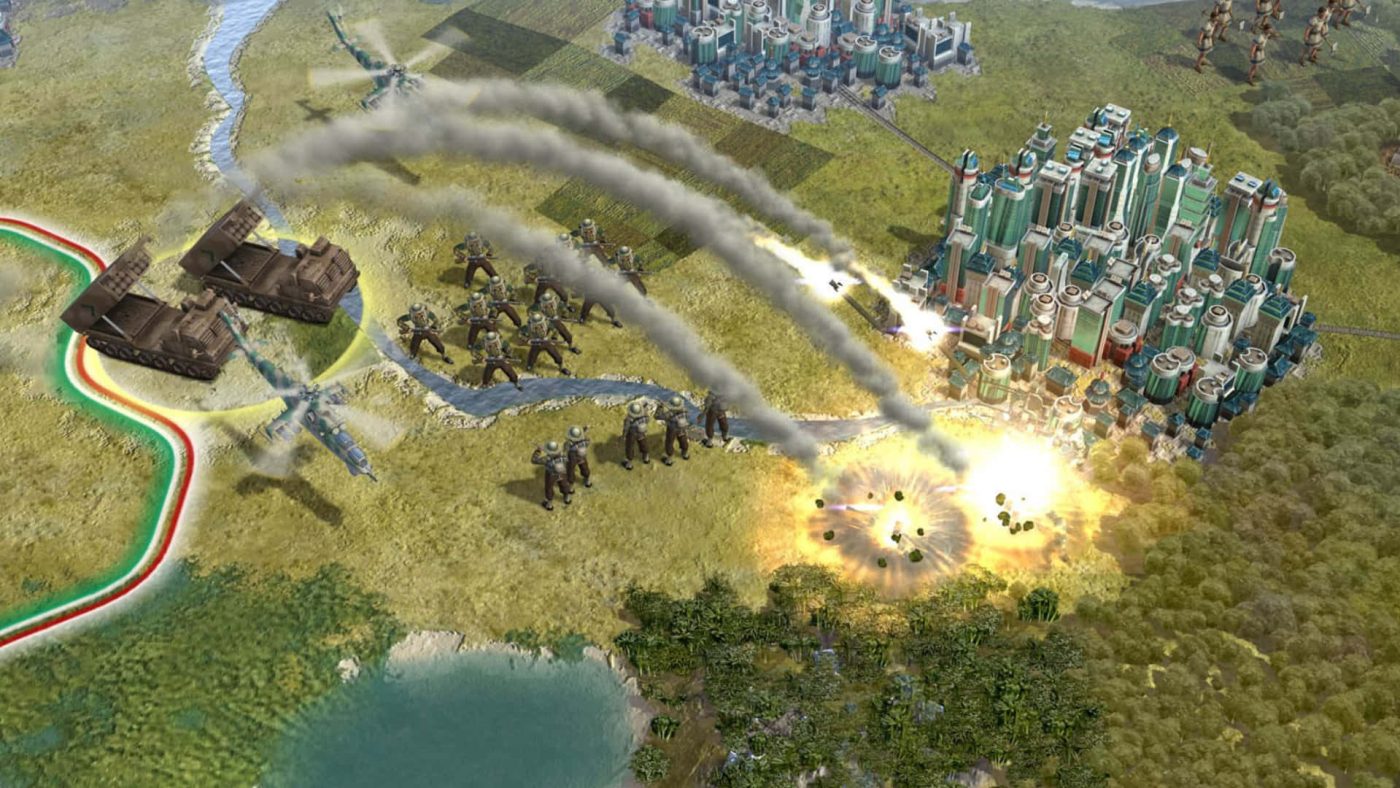Released in 2001, Civilization III, often referred to as Civ III, stands as a significant milestone in the grand strategy genre. Developed by Firaxis Games and helmed by the legendary Sid Meier, the game expanded upon its predecessors in numerous ways, blending familiar mechanics with innovative features that have left a lasting impact on the series and its devoted community.
A Giant Leap in Gameplay Mechanics
Civilization III marked a departure from its predecessors with a host of gameplay improvements and new mechanics. One of the most notable changes was the introduction of cultural influence. Unlike previous iterations where territorial expansion was primarily through military conquest, Civ III allowed players to expand their empires through cultural dominance. This cultural aspect added a new layer of strategy, encouraging players to build wonders, libraries, and other cultural improvements to expand their borders peacefully. This feature not only diversified gameplay but also reflected a more nuanced understanding of historical empire-building.
The addition of strategic resources was another revolutionary change. Resources such as iron, horses, and oil became crucial for building advanced units and infrastructure. This system forced players to consider the geographical distribution of resources, adding a strategic depth to city placement and diplomatic negotiations. The need to secure and trade resources introduced a level of realism and complexity that was absent in the earlier games.
Diplomacy and Trade: A New Frontier
Civ III significantly enhanced the diplomatic and trade systems. The AI was more sophisticated, offering a wide range of diplomatic options. Players could now engage in detailed negotiations, including alliances, trade embargoes, and technology exchanges. The ability to form and break treaties with consequences added a layer of depth to international relations, making diplomacy a viable path to victory.
Trade also received a major overhaul. The game introduced a more dynamic trade system where players could trade not just resources but also luxury goods. This affected city happiness and could sway the loyalty of populations, intertwining economic strategy with political stability. The intricate web of trade relations and the importance of maintaining a balance between self-sufficiency and economic interdependence provided a richer, more engaging experience.
Government and Corruption: Balancing Power
Civilization III introduced a revamped government system with more distinct forms of governance, each having unique advantages and disadvantages. This change made the choice of government more impactful and strategic. Players had to consider factors such as corruption, war weariness, and the specific needs of their civilization when choosing between democracy, monarchy, communism, and other forms of government.
Corruption was another critical aspect that was refined in Civ III. The game introduced a corruption model that affected cities based on their distance from the capital and their government type. Managing corruption became a key part of empire management, requiring players to balance expansion with efficiency. This added a layer of strategic planning to city placement and development, making every decision count in the long run.
Visual and Interface Enhancements
While gameplay mechanics saw significant overhauls, Civilization III also made strides in visual and interface design. The game’s graphics, though modest by today’s standards, were a significant improvement over its predecessors. The isometric view was retained, but with enhanced detail and richer colours that brought the world map to life. Units and buildings were more distinct, and the overall aesthetic was more polished and immersive.
The user interface was redesigned to be more intuitive and user-friendly. The city management screen, for instance, provided clearer information on resource allocation, production, and citizen happiness. The introduction of a Civilopedia, an in-game encyclopaedia, offered players easy access to information about units, buildings, technologies, and more, making the learning curve smoother for newcomers.
Modding and Community Engagement
One of Civilization III’s most enduring legacies is its support for modding. Firaxis Games provided robust tools and support for modders, leading to a vibrant community that created a plethora of mods, scenarios, and custom content. This extended the game’s lifespan significantly and allowed players to tailor their experience to their preferences. From historical scenarios to fantasy worlds, the modding community expanded the game’s horizons far beyond its original scope.
The engagement with the community also set a precedent for future instalments. Firaxis’ openness to feedback and its support for community-driven content fostered a loyal fan base and ensured that Civ III remained relevant and beloved for years after its release.
A Legacy of Innovation
Civilization III was more than just an incremental upgrade; it was a bold step forward that introduced several ground-breaking features to the series. The emphasis on cultural influence, strategic resources, advanced diplomacy, and government mechanics enriched the gameplay experience and set new standards for the genre. Its visual enhancements and user-friendly interface made it more accessible, while the support for modding ensured its longevity.
As we look back at Civilization III, it is clear that it was a pivotal entry in the series, bridging the gap between the foundational mechanics of the earlier games and the more complex systems of later instalments. It demonstrated that the Civilization series was not content to rest on its laurels but was committed to evolving and deepening its gameplay. Civ III’s innovations continue to resonate in the series, making it a cherished chapter in the history of grand strategy gaming.


